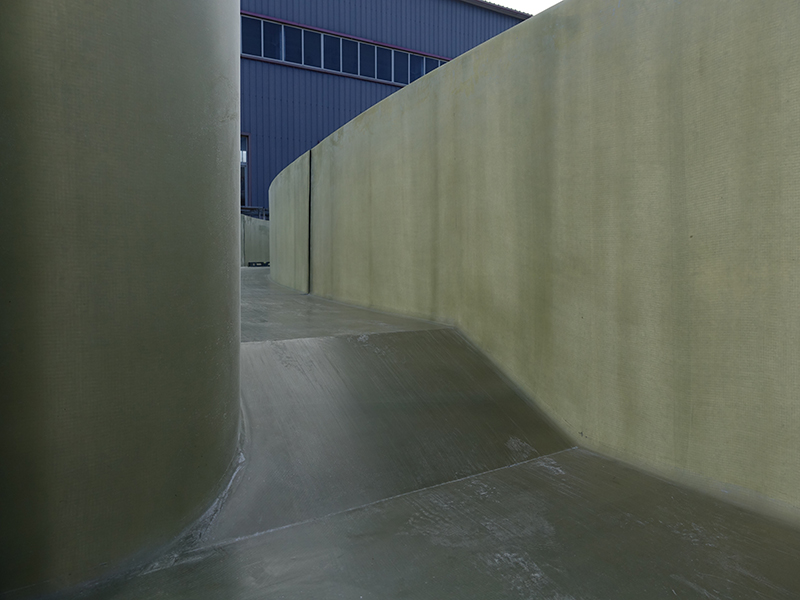
-
 Afrikaans
Afrikaans -
 Albanian
Albanian -
 Amharic
Amharic -
 Arabic
Arabic -
 Armenian
Armenian -
 Azerbaijani
Azerbaijani -
 Basque
Basque -
 Belarusian
Belarusian -
 Bengali
Bengali -
 Bosnian
Bosnian -
 Bulgarian
Bulgarian -
 Catalan
Catalan -
 Cebuano
Cebuano -
 China
China -
 China (Taiwan)
China (Taiwan) -
 Corsican
Corsican -
 Croatian
Croatian -
 Czech
Czech -
 Danish
Danish -
 Dutch
Dutch -
 English
English -
 Esperanto
Esperanto -
 Estonian
Estonian -
 Finnish
Finnish -
 French
French -
 Frisian
Frisian -
 Galician
Galician -
 Georgian
Georgian -
 German
German -
 Greek
Greek -
 Gujarati
Gujarati -
 Haitian Creole
Haitian Creole -
 hausa
hausa -
 hawaiian
hawaiian -
 Hebrew
Hebrew -
 Hindi
Hindi -
 Miao
Miao -
 Hungarian
Hungarian -
 Icelandic
Icelandic -
 igbo
igbo -
 Indonesian
Indonesian -
 irish
irish -
 Italian
Italian -
 Japanese
Japanese -
 Javanese
Javanese -
 Kannada
Kannada -
 kazakh
kazakh -
 Khmer
Khmer -
 Rwandese
Rwandese -
 Korean
Korean -
 Kurdish
Kurdish -
 Kyrgyz
Kyrgyz -
 Lao
Lao -
 Latin
Latin -
 Latvian
Latvian -
 Lithuanian
Lithuanian -
 Luxembourgish
Luxembourgish -
 Macedonian
Macedonian -
 Malgashi
Malgashi -
 Malay
Malay -
 Malayalam
Malayalam -
 Maltese
Maltese -
 Maori
Maori -
 Marathi
Marathi -
 Mongolian
Mongolian -
 Myanmar
Myanmar -
 Nepali
Nepali -
 Norwegian
Norwegian -
 Norwegian
Norwegian -
 Occitan
Occitan -
 Pashto
Pashto -
 Persian
Persian -
 Polish
Polish -
 Portuguese
Portuguese -
 Punjabi
Punjabi -
 Romanian
Romanian -
 Russian
Russian -
 Samoan
Samoan -
 Scottish Gaelic
Scottish Gaelic -
 Serbian
Serbian -
 Sesotho
Sesotho -
 Shona
Shona -
 Sindhi
Sindhi -
 Sinhala
Sinhala -
 Slovak
Slovak -
 Slovenian
Slovenian -
 Somali
Somali -
 Spanish
Spanish -
 Sundanese
Sundanese -
 Swahili
Swahili -
 Swedish
Swedish -
 Tagalog
Tagalog -
 Tajik
Tajik -
 Tamil
Tamil -
 Tatar
Tatar -
 Telugu
Telugu -
 Thai
Thai -
 Turkish
Turkish -
 Turkmen
Turkmen -
 Ukrainian
Ukrainian -
 Urdu
Urdu -
 Uighur
Uighur -
 Uzbek
Uzbek -
 Vietnamese
Vietnamese -
 Welsh
Welsh -
 Bantu
Bantu -
 Yiddish
Yiddish -
 Yoruba
Yoruba -
 Zulu
Zulu
Combining Durability and Resistance of CPVC and FRP Pipes for Optimal Performance
Combining Durability and Resistance The Role of CPVC and FRP Pipes in Modern Infrastructure
In the ever-evolving landscape of industrial and infrastructural applications, the choice of materials plays a pivotal role in determining the longevity, efficiency, and overall performance of systems. Two materials that have garnered significant attention in recent years are Chlorinated Polyvinyl Chloride (CPVC) and Fiber Reinforced Plastic (FRP). Each material offers distinct advantages, and when combined, they enhance the capabilities of piping systems, making them a preferred choice in industries ranging from construction to chemical processing.
Understanding the Materials
CPVC is a thermoplastic material known for its toughness and high resistance to heat and corrosion. Its unique chemical structure allows it to withstand temperatures above those of standard PVC, making it an ideal candidate for hot water heating systems and various chemical applications. The material’s smooth surface reduces friction, ensuring efficient fluid flow and minimizing the risk of bacterial growth, which is particularly important in potable water systems.
On the other hand, FRP is a composite material made by combining a polymer matrix (usually plastic) with reinforcing fibers, such as glass, carbon, or aramid. This combination results in a lightweight material that exhibits exceptional strength and durability under a variety of environmental conditions. FRP pipes resist corrosion, making them suitable for use in aggressive chemical environments. They also demonstrate excellent dimensional stability and can withstand significant pressure without compromising integrity.
Advantages of Combining CPVC and FRP
The combination of CPVC and FRP results in a piping system that effectively harnesses the strengths of both materials
. Here are some of the key benefits1. Enhanced Corrosion Resistance One of the most significant challenges in piping systems is corrosion, which can lead to leaks, system failures, and costly repairs. CPVC pipes inherently resist corrosion from various chemicals and water, while FRP offers outstanding resistance to a wide range of aggressive substances. Together, they form a system that is exceptionally resistant to corrosive environments.
cpvc and frp pipes combine durability and resistance.

2. Improved Thermal Performance CPVC’s ability to handle high temperatures complements FRP's thermal stability. This combination allows the piping system to efficiently transport hot fluids without the risk of deformation or failure. Industries that rely on thermal processes, such as power generation and manufacturing, benefit immensely from this durability.
3. Weight and Flexibility FRP is significantly lighter than traditional materials like metal, which reduces the overall weight of the piping system. This quality not only simplifies installation but also lowers transportation costs. The flexibility of both materials allows for easier handling and conformity to various design requirements.
4. Longevity and Reduced Maintenance The durability of both CPVC and FRP means that piping systems can operate effectively over extended periods without the need for frequent maintenance or replacement. This longevity translates to lower lifecycle costs and less disruption to operations.
5. Environmental Resistance Both CPVC and FRP are designed to withstand extreme environmental conditions, including temperature fluctuations, UV exposure, and moisture. This resistance makes them ideal candidates for outdoor applications or in harsh industrial environments.
6. Cost-Effectiveness While the initial investment in CPVC and FRP piping systems may be higher than traditional materials, the long-term savings related to durability, reduced maintenance, and replacement costs make them an economically viable choice.
Conclusion
As industries continue to seek out innovative and sustainable solutions, the combination of CPVC and FRP pipes stands out as a revolutionary advancement in piping technology. Their collective durability and resistance properties not only enhance the efficiency and reliability of piping systems but also contribute to more sustainable practices in infrastructure development. By investing in these advanced materials, industries can ensure safer, more efficient operations while minimizing their environmental footprint. As we move towards a future that demands resilience and adaptability, the role of CPVC and FRP will undoubtedly remain central to modern infrastructural solutions.









